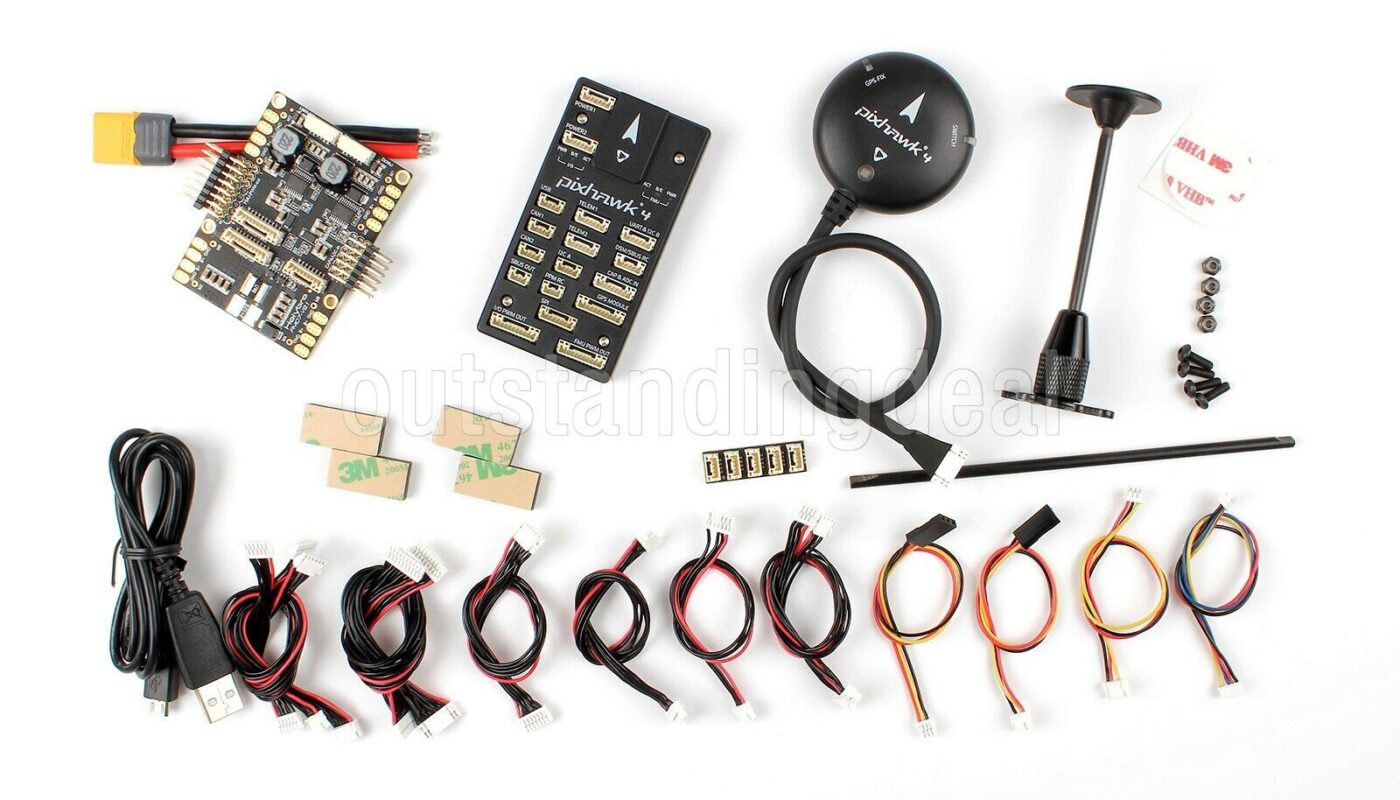The Future of Flying: Autopilot Systems
Aviation technology has come a long way in the past century, revolutionizing how we travel across long distances. From rudimentary aircraft controlled solely by pilots to modern airliners fitted with advanced autopilot systems, automatic flight control has enabled air travel to become safer and more comfortable for passengers. In this article, we will explore the history and working of autopilot systems, their various components, and how they are paving the way for more autonomous flying in the future.
The Early Years of Autopilot Development
Some of the earliest attempts at automatic flight control systems date back to the 1920s. Early autopilots incorporated gyroscopes and servomechanisms to stabilize aircraft and enable basic functions like maintaining a set altitude or heading. However, these early systems were primitive and offered only rudimentary flight control capabilities. It was not until after World War 2 that significant advancements were made in designing reliable autopilots.
With the advent of affordable computers and digital electronics in the 1950s-60s, autopilot sophistication grew exponentially. Systems incorporated directional gyros, airspeed sensors, altimeters and other instruments to automatically guide planes along pre-programmed routes. This allowed pilots to fly tactically complex bombing missions with precision. By the 1970s, autopilots featured automatic take-off, landing and navigational capabilities, greatly reducing pilot workload on long-haul flights.
Components of a Modern Autopilot System
A modern commercial airplane’s “flight guidance system” or autopilot incorporates redundant computers, actuators, and arrays of sensors. Key components include:
– Flight Control Computers: These digital computers process instrument data, autopilot commands and safely perform controlled maneuvers. Redundant systems ensure reliability.
– Actuators: Hydraulic or electric servo motors actuate flight controls like ailerons, elevators and rudders based on computer commands for pitch, roll and yaw control.
– Air Data Sensors: Pitot-static systems measure airspeed, altitude and vertical speed.
– Inertial Sensors: Gyroscopes and accelerometers provide crucial orientation and position data to the flight computers.
– GPS/Flight Management Systems: On-board computers correlated GPS signals with navigational databases for enroute and approach guidance.
– Auto-flight Mode Select Panel: Pilots select from various autopilot modes like altitude hold, heading select, approach, go-around etc. via this panel.
Functions and Modes of a Modern Autopilot
An aircraft autopilot is capable of stabilizing and guiding the plane in various phases of flight:
– Heading/Track Hold: Maintains aircraft heading or GPS track automatically.
-Altitude Hold: Holds the aircraft within tolerances of the selected altitude using pitch and power adjustments.
– Vertical Speed Hold: Maintains climb or descent rates such as during approaches.
– Flight Director: Provides cues to pilots for executing precision instrument approaches in adverse weather.
– GPS/FMS Coupling: Links the autopilot and flight management system for complete “hands-off” navigation along pre-programmed routes.
– Approach Modes: Implements precision ILS, RNAV and visual approaches to minimum decision heights or visibility.
-Go-Around Mode: Automates climbing maneuver in case of missed approaches for safety.
Benefits of Modern Autopilots
Autopilot systems have conferred a multitude of safety, operational and economic benefits to modern aviation:
– Fatigue Alleviation: Pilots can rest during low-workload phases of cruise and approaches, improving safety on long flights.
– Precision Approaches: Enables safe landings even in inclement weather with automatic instrument landing guidance.
– Enhanced Safety: Autopilots minimize human errors and prevent control upsets during critical phases like take-off and landing.
– Efficiency Gains: Optimal auto-flight modes allow fuel savings through optimized climb and descent profiles.
– Reduced Workload: Multi-crew cockpits permit sharing of flying duties and reduced time pressures through automation.
– Improved Reliability: Redundant autopilot hardware and software architecture minimizes chance of total system failure.
The Future of Automated Flight
Looking ahead, experts project autopilot capabilities will steadily advance to handle an even broader scope of duties. Some envisioned future developments include:
– Advanced Failure Detection: More nuanced monitoring of autopilot health and rapid automatic disengagement if errors are detected.
– AI Integration: Neural networks aid diagnosis of faults, prioritize automation options in emergencies and enable optimal maneuvers.
– Urban Air Mobility: Autopilots for autonomous cargo drones, air taxis and VTOL aircraft navigating complex city skies with precision.
– Remotely Piloted Aircraft: Complete hands-off “fall-back” modes enable losing pilots to safely detach from troubled jets.
– Full Autonomy: Long-term goal of developing fully autonomous aircraft without need for human pilots in some applications like package delivery.
While full autonomy is still in the long-term, today’s advanced commercial autopilots exemplify aviation’s rapidly evolving digital revolution. Automatic flight control continues enhancing air travel safety, accessibility and efficiency for both passengers and pilots alike.
Note:
1. Source: Coherent Market Insights, Public sources, Desk research
2. We have leveraged AI tools to mine information and compile it



